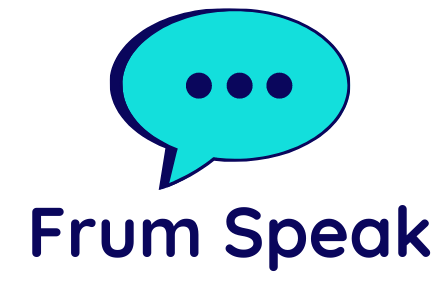U.S. health officials on Tuesday said they would phase out petroleum-based artificial colors in the nation’s food supply, potentially triggering an ingredients overhaul for scores of brightly hued products on American store shelves. The federal Food and Drug Administration will take steps to eliminate the synthetic dyes by the end of 2026, FDA Commissioner Marty Makary said at a news conference. The agency will establish a standard and timeline for industry to switch to natural alternatives, revoke authorization for dyes not in production within coming weeks and take steps to remove remaining dyes on the market. Makary said that removing artificial dyes would boost children’s health. “For the last 50 years we have been running one of the largest uncontrolled scientific experiments in the world on our nation’s children without their consent,” Makary said. Health advocates have long called for the removal of artificial dyes from foods, citing mixed studies indicating they can cause neurobehavioral problems, including hyperactivity and attention issues, in some children. The FDA has maintained that the approved dyes are safe and that “the totality of scientific evidence shows that most children have no adverse effects when consuming foods containing color additives.” The FDA currently allows 36 food color additives, including eight synthetic dyes. In January, the agency announced that the dye known as Red 3 — used in candies, cakes and some medications — would be banned in food by 2027 because it caused cancer in laboratory rats. Artificial dyes are used widely in U.S. foods. In Canada and in Europe — where artificial colors are required to carry warning labels — manufacturers mostly use natural substitutes. Several states, including California and West Virginia, have passed laws restricting the use of artificial colors in foods. The announcement drew praise from advocates who say the dyes carry health risks and serve no purpose beyond the cosmetic. “Their only purpose is to make food companies money,” said Dr. Peter Lurie, president of the Center for Science in the Public Interest and a former FDA official. “Food dyes help make ultraprocessed foods more attractive, especially to children, often by masking the absence of a colorful ingredient, like fruit.” Removing artificial dyes from foods has long been a goal of so-called MAHA moms, key supporters of Health Secretary Robert F. Kennedy Jr. and his “Make America Healthy Again” initiatives. They were among protesters who signed petitions and rallied outside the Michigan headquarters of WK Kellogg Co. last year, demanding that the company remove artificial dyes from its breakfast cereals in the U.S. The group included Vani Hari, a popular food activist known as the Food Babe, who previously pressured the Kraft Heinz company to remove artificial dyes from its macaroni and cheese. Hari spoke at Tuesday’s event. She said the action marks “a new era” in safe food for children. However, food manufacturers said the action would unfairly target highly regulated color additives long confirmed to be safe. “There are not enough alternatives available to replace these products,” the International Association of Color Manufacturers said in a statement. “Supply chains will take an estimated five to 10 years to catch up and require importing more expensive ingredients grown in China, India and Mexico.” A spokesperson for the National Confectioners Association, a trade group for makers of candy, gum and mints, […]
Category:


Recent comments